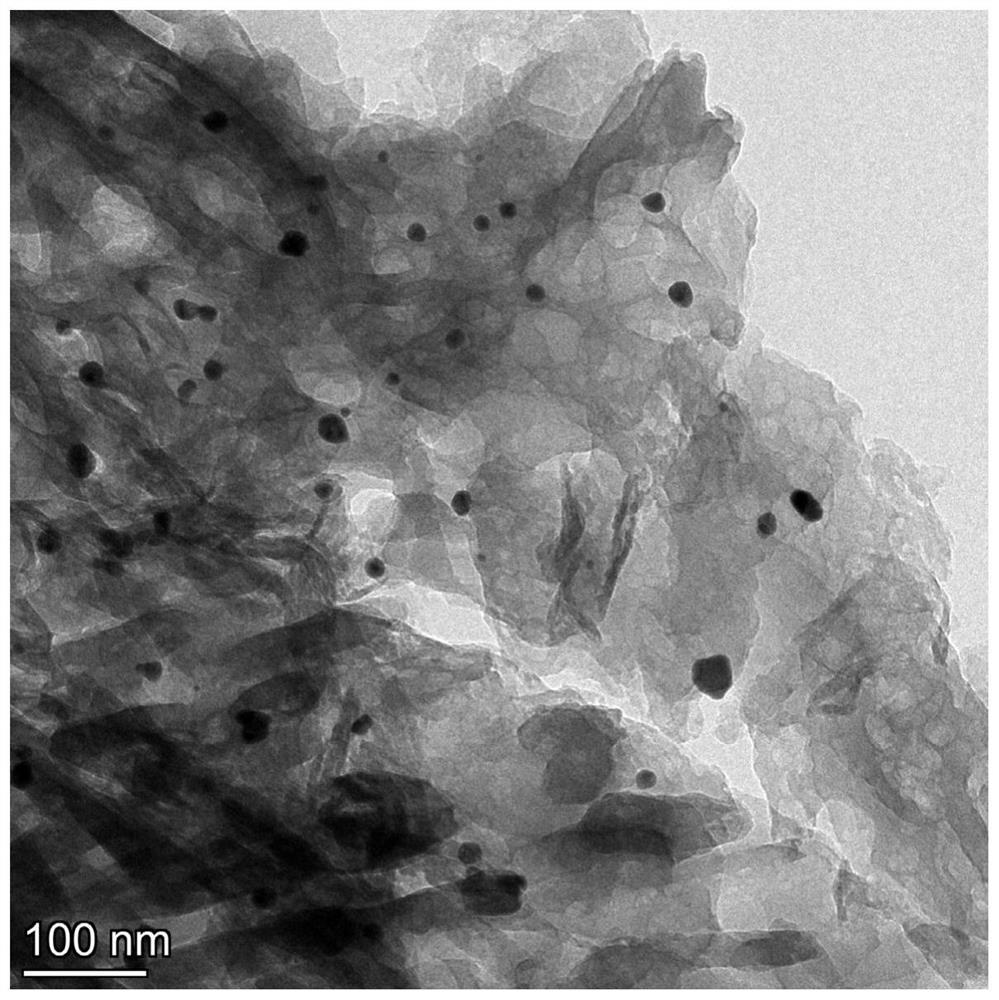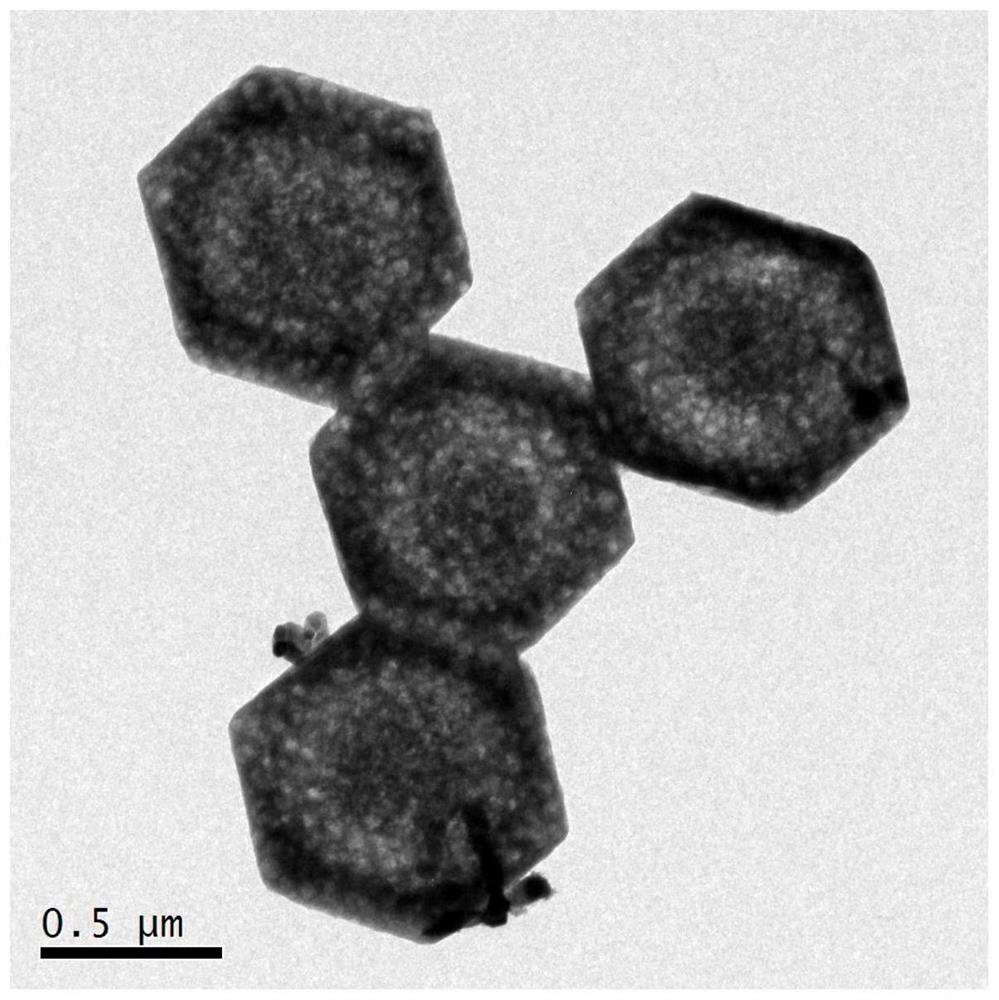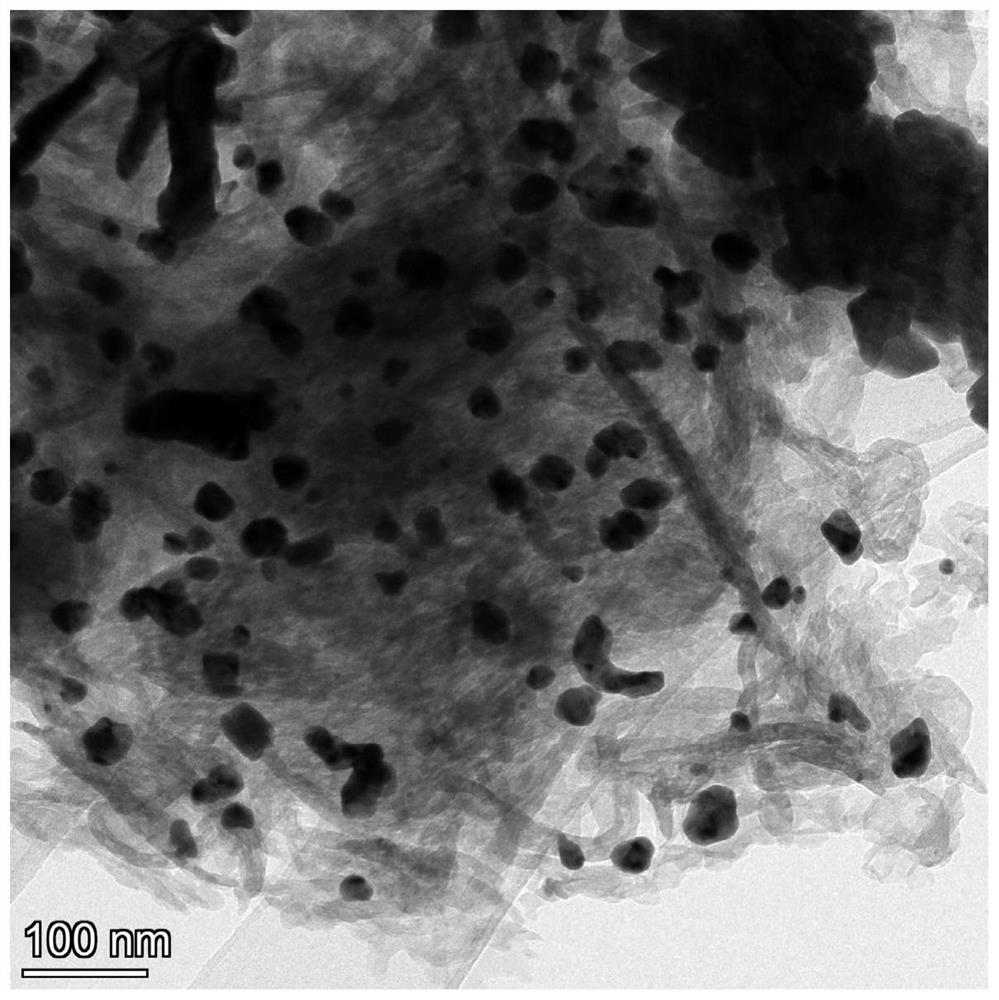Double-photosensitive double-electrode photoelectrochemical sensor as well as preparation method and application thereof
A photoelectrochemical, double-electrode technology, applied in the field of biosensors, can solve the problems of sensor sensitivity and self-power supply capacity limitation, high charge recombination rate, and limit application prospects, etc., to achieve strong photoelectrochemical performance, large specific surface area, and cheap raw materials Easy to get effect
- Summary
- Abstract
- Description
- Claims
- Application Information
AI Technical Summary
Problems solved by technology
Method used
Image
Examples
Embodiment 1
[0059] A dual-photosensitive dual-electrode photoelectrochemical sensor, characterized in that it comprises a first conductive glass electrode used as a counter electrode (photoanode) and a second conductive glass electrode used as a working electrode (photocathode) in a dual-photosensitive dual-electrode system, The reaction end surface of the first conductive glass electrode is decorated with a first composite material, and the first composite material is three-dimensional graphitic carbon nitride loaded with gold nanoparticles; the reaction end surface of the second conductive glass electrode is decorated with a second composite material, The second composite material is a nitrogen-doped carbon-cuprous oxide shell-core tetradecahedron, and a specific aptamer probe is self-assembled on the surface of the second composite material.
[0060] In this embodiment, the three-dimensional graphitic carbon nitride loaded with gold nanoparticles uses three-dimensional graphitic carbon ...
Embodiment 2
[0082] A dual-photosensitive dual-electrode photoelectrochemical sensor is basically the same as the dual-photosensitive dual-electrode photoelectrochemical sensor of Example 1, except that the specific aptamer probe in the dual-photosensitive dual-electrode photoelectrochemical sensor of Example 2 is chlorine Amycin-specific aptamer probe, wherein the nucleotide sequence of the chloramphenicol-specific aptamer probe is shown in SEQ ID No. 1, specifically 5'-NH 2 -(CH 2 ) 6 -ACTTCAGTGAGTTGTCCCACGGTCGGCGAGTCGGTGGTAG-3'.
[0083] A preparation method of the dual-photosensitive dual-electrode photoelectrochemical sensor of the present embodiment is basically the same as that of the preparation method of the embodiment 1, and the difference is only that: in the preparation method of the embodiment 2, the specificity used in the step (5) is suitable. The ligand probe solution is a chloramphenicol-specific aptamer probe solution.
[0084] For the dual-photosensitive dual-electrod...
Embodiment 3
[0097] The detection accuracy of the dual-photosensitive dual-electrode photoelectrochemical sensor of Example 2 was investigated, and the dual-photosensitive dual-electrode photoelectrochemical sensor was used for the detection of the target in the actual sample by the standard addition method (refer to Example 2 for the measurement method), and the recovery rate was carried out. experiment.
[0098] (1) adopt the double photosensitive double electrode photoelectrochemical sensor in embodiment 2 to detect the concentration of chloramphenicol in Xiangjiang water respectively, concrete steps are: after the pretreatment such as filtration of Xiangjiang water, get supernatant and adjust pH with phosphate buffer solution to 7.0. The concentration of the target substance in the sample (containing chloramphenicol) refers to Table 3. Finally, the dual-photosensitive dual-electrode photoelectrochemical sensor of Example 2 is used to detect the chloramphenicol in the solution to be tes...
PUM
| Property | Measurement | Unit |
|---|---|---|
| concentration | aaaaa | aaaaa |
Abstract
Description
Claims
Application Information
 Login to View More
Login to View More - R&D
- Intellectual Property
- Life Sciences
- Materials
- Tech Scout
- Unparalleled Data Quality
- Higher Quality Content
- 60% Fewer Hallucinations
Browse by: Latest US Patents, China's latest patents, Technical Efficacy Thesaurus, Application Domain, Technology Topic, Popular Technical Reports.
© 2025 PatSnap. All rights reserved.Legal|Privacy policy|Modern Slavery Act Transparency Statement|Sitemap|About US| Contact US: help@patsnap.com



